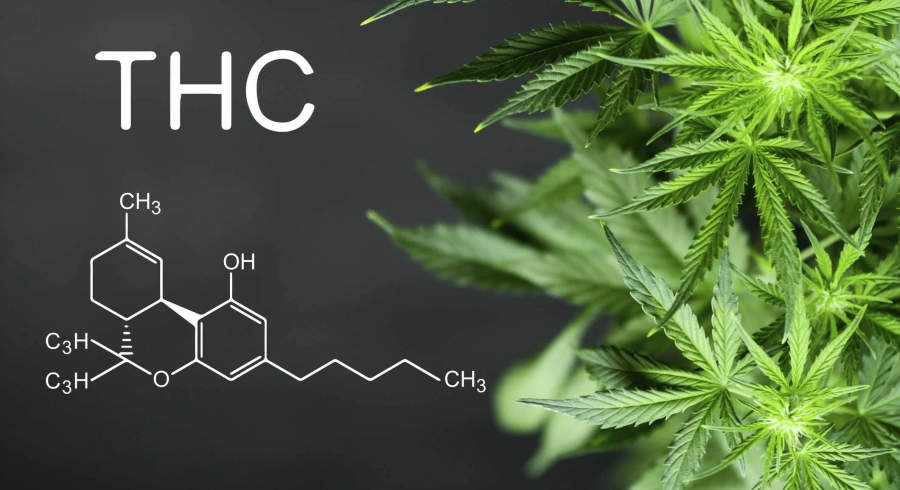Increase in hemp’s legal THC content in the EU

Consumed in the form of oil or seeds, hemp has therapeutic and dietary properties. However, this variety of cannabis contains the compound responsible for psychoactive effects, albeit in low levels. To ensure the health of its citizens, each state has established a maximum legal level in the hemp grown. However, this can lead to variations of up to twice as much! In order to promote the sale of hemp in the EU, at the end of 2021 the Parliament voted to raise the percentage from 0.2% to 0.3%.
THC in cannabis and hemp
Hemp is a species consisting of several varieties, all of which contain tetrahydrocannabinol (THC). High concentrations of THC lead to the psychoactive effects sought by some users. Expressed as a percentage by weight, the amount in cannabis can range from 3% to 15%, and sometimes even higher in some strains. What we call hemp represents varieties with low levels which are not harmful to health (less than 0.2%).
One of the things the European Industrial Hemp Association (EIHA) is campaigning for
Today, there is a maximum level of 0.2% in France, as it was in rest of the EU. However, some countries have established a higher percentage: 0.6% for Italy or 1% for the Czech Republic. While allowing each independent nation to retain its own regulations, the Common Agricultural Policy, which comes into force in January 2023, will promote international trade within the EU. Additionally, it will increase the catalogue of accepted varieties for hemp cultivation and use by including all those with a THC content up to 0.3%.
This vote is a big step forward for Daniel Kruse. As president of the European Industrial Hemp Association (EIHA), he has been lobbying to increase the amount for a decade. However, this increase still seems very low compared to increases implemented by other European countries.
As a result, the EIHA is still struggling to increase the legal maximum THC level to match the limits in Canada.
Why such a high rate?
Parliament’s reluctance may be explained by concerns about the health impacts of THC on consumers. At the request of the Parliament, EFRA (European Food Safety Authority) conducted a study in 2020 to assess human exposure to THC. This study was based on the acute reference dose (ArfD) of 1 μg/kg body weight for THC established by EFRA in 2015. It was found that this ArfD was exceeded in most of the hemp products studied in intense adult users.
However, Daniel Kruse mentioned studies showing that there is no health risk for consumers, even at higher levels. A study conducted by Franjo Grotehhermen et al. in 2002 showed that the consumption of hemp products with a THC level equivalent to that in Canada at the time did not lead to any side effects on health.
In an interview with BusinessCann, Lorenza Romanese, Managing Director of EIHA, said: "The current EFSA limit values are extremely strict and often exceeded. They’re based on inaccurate indicative values that have been used for too long now. ”
We should also mention that maximum THC levels that are too low may lead to food products being recalled, even when no danger has been established.
Daniel Kruse stated: “We must continue to work together, new situations are always arising in which hemp should be better regulated, but we’re on the right track. ”
Sources:
https://eiha.org/
https://www.efsa.europa.eu/en/efsajournal/pub/5953
https://www.tandfonline.com/doi/abs/10.1300/J237v08n02_02

Leave a comment